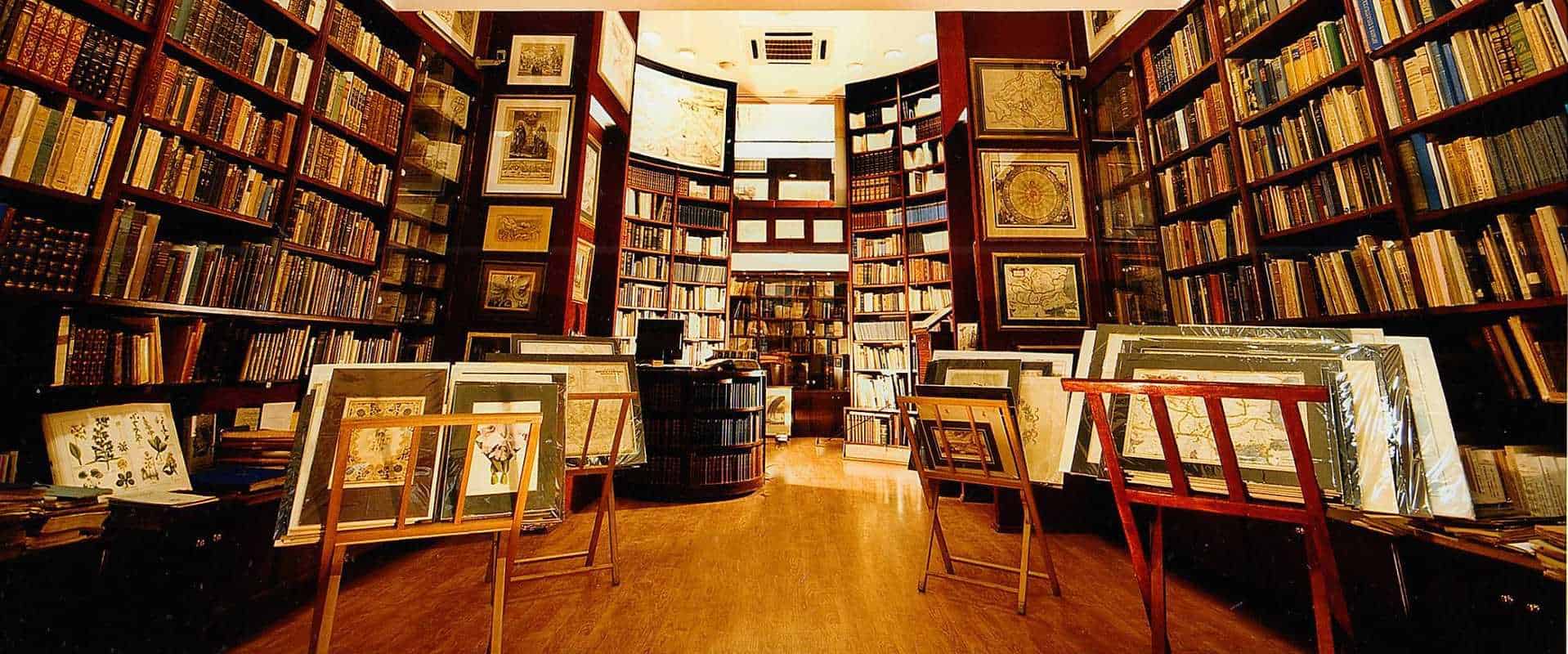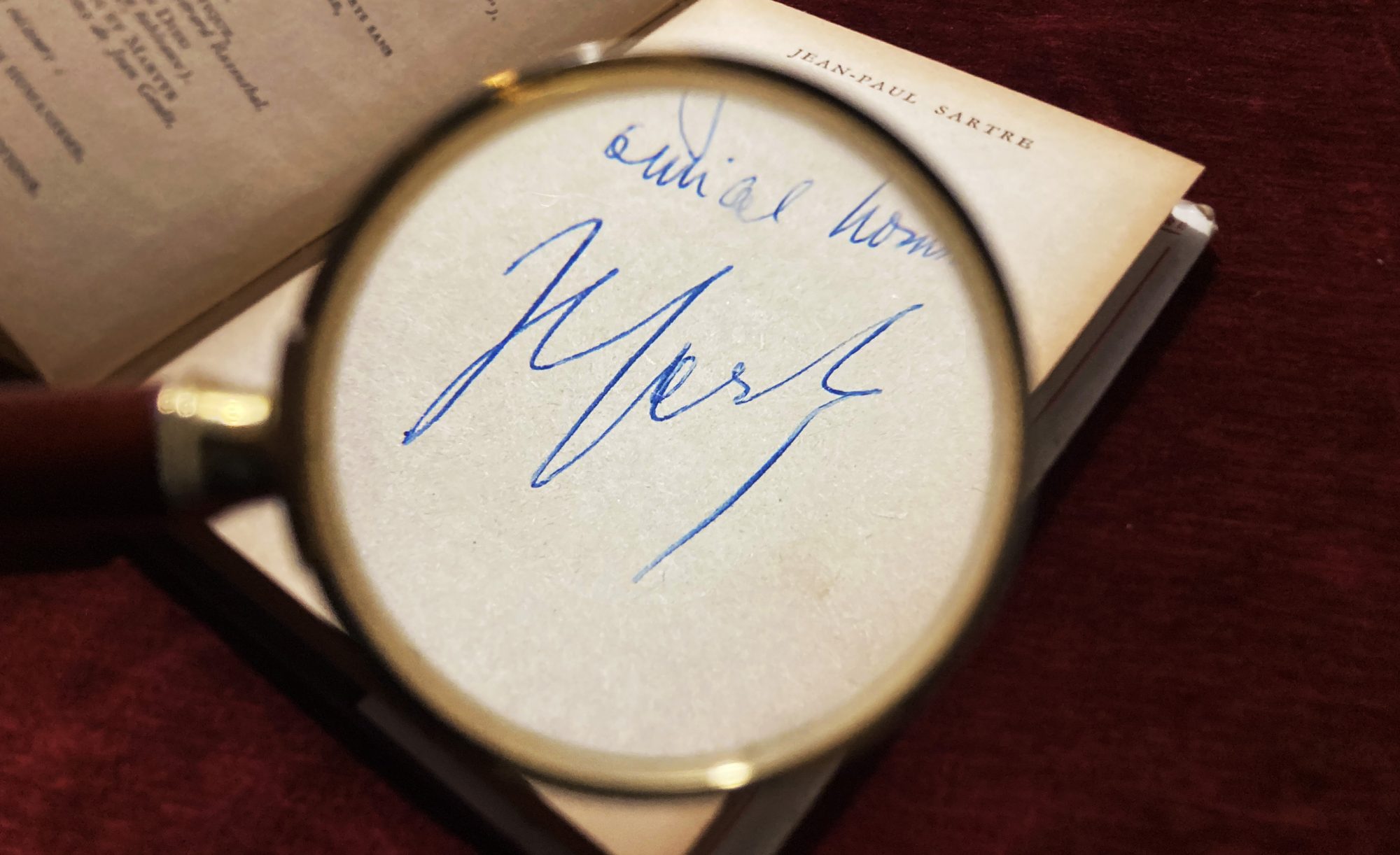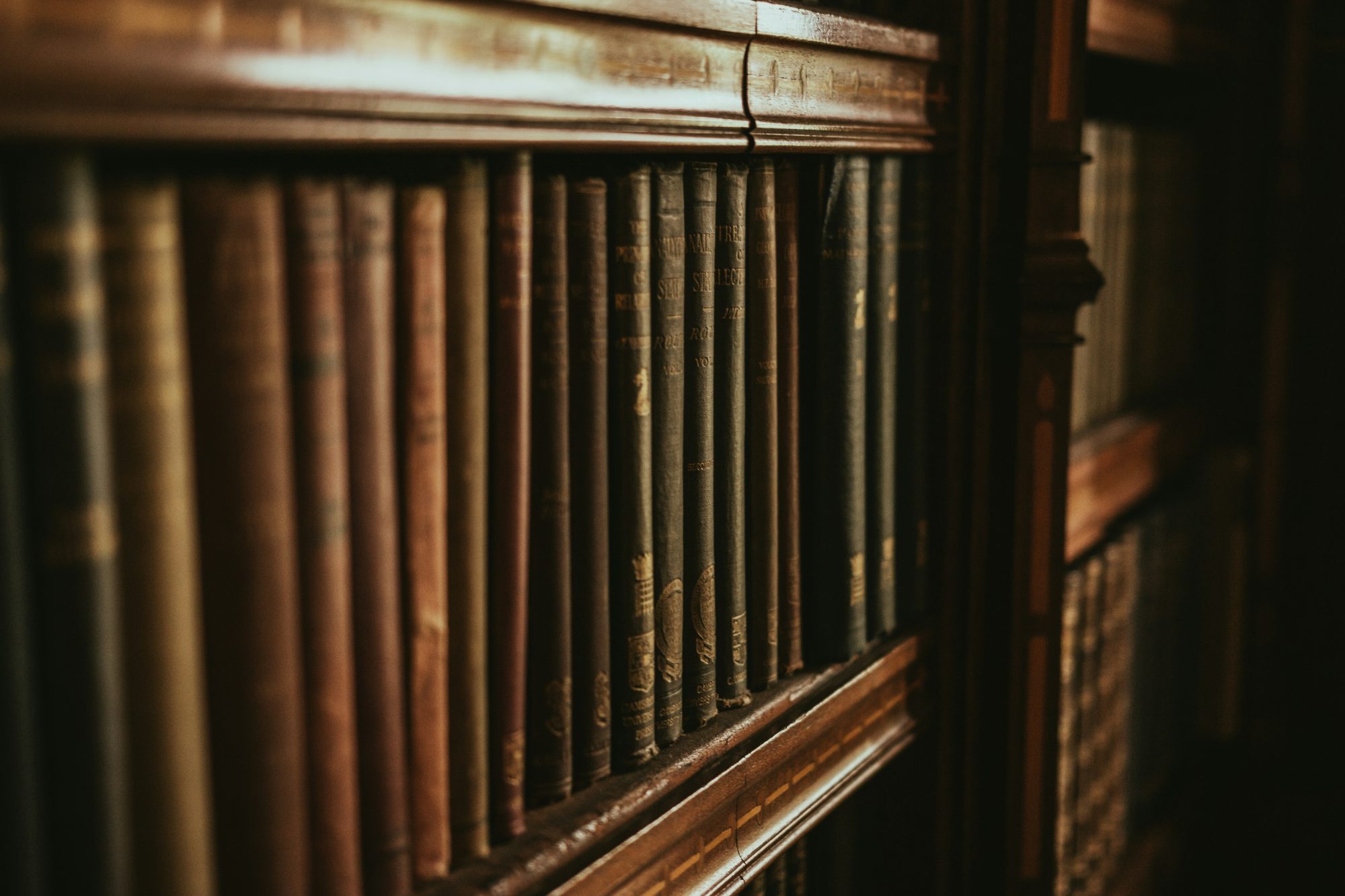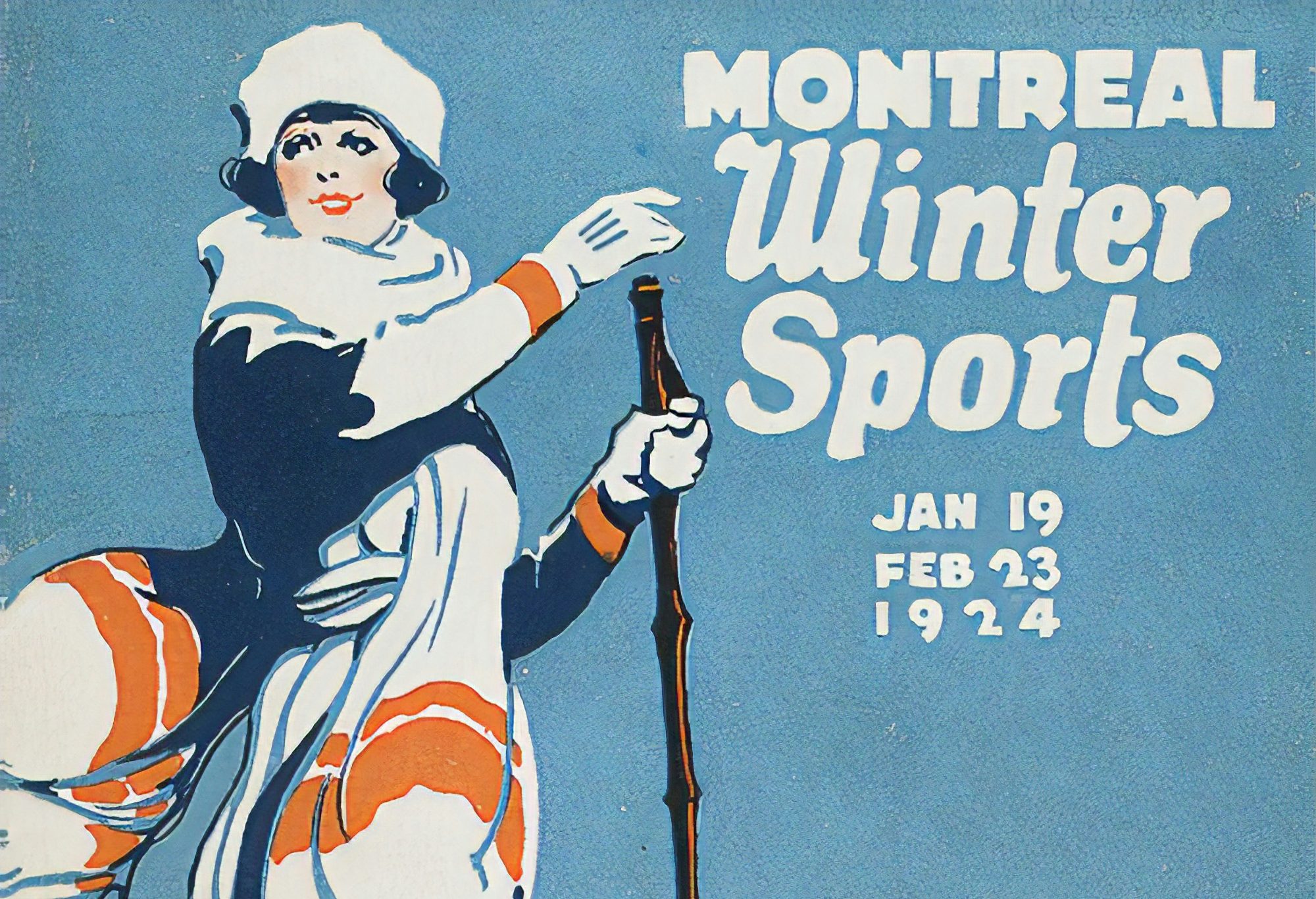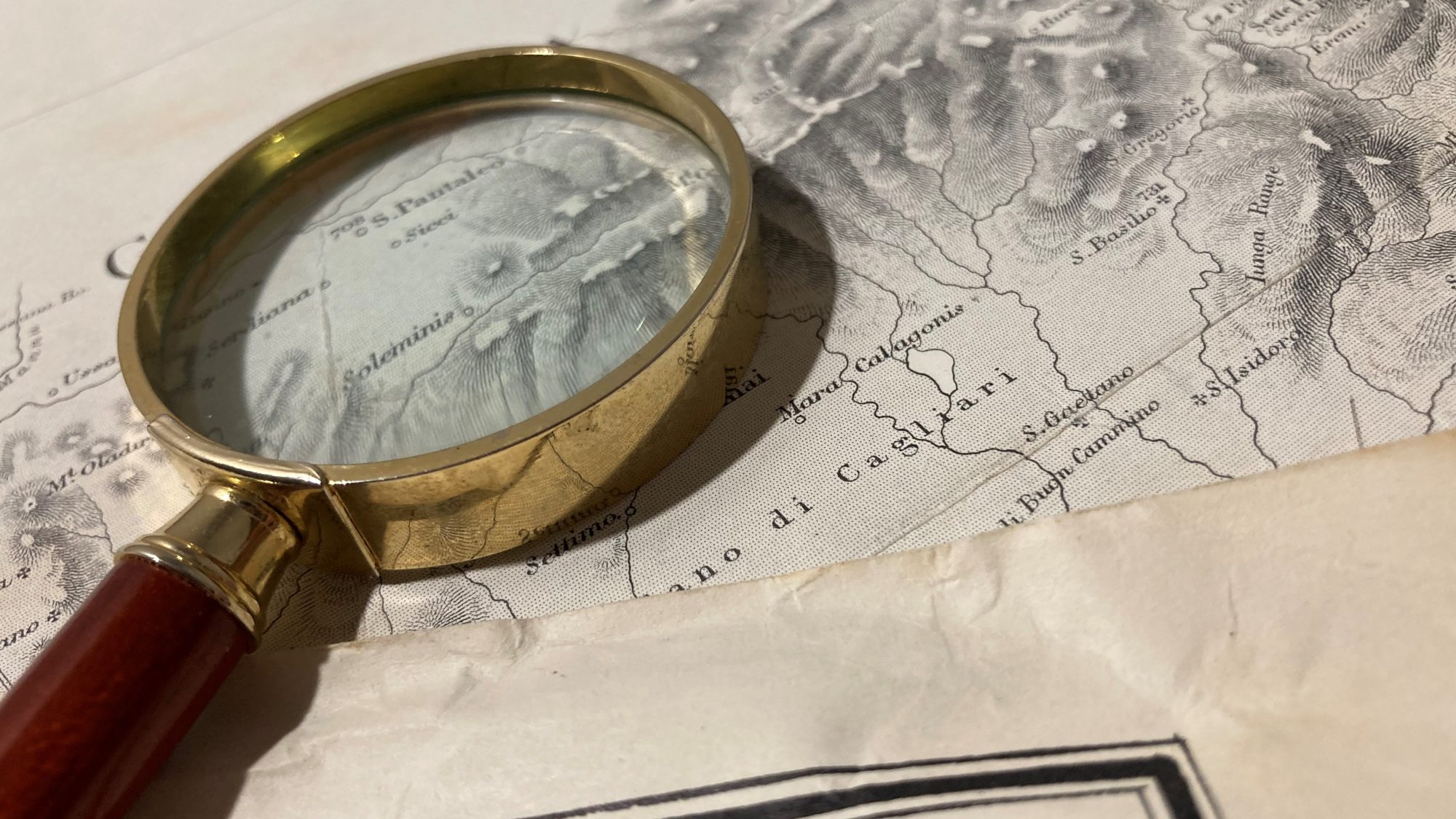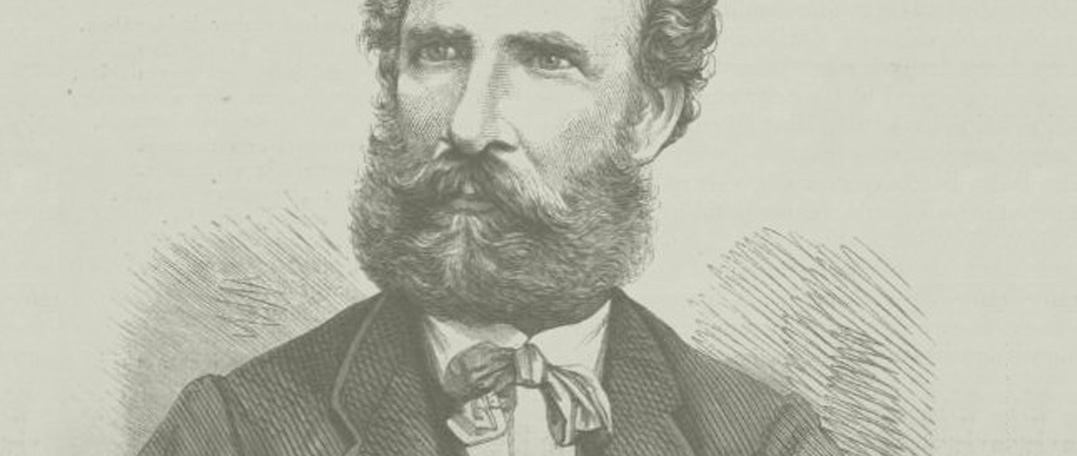Places for collecting Antiques – Izmailovo
Places of Antiques – Izmailovo
Continuing our series on collecting antiques and where to find them, our next stop is Izmailovo. During a short trip to Moscow last winter we ventured behind the now long-gone Iron Curtain. What we discovered left us enthralled: a sprawling city that never sleeps. The shops buzzed day and night, with constant activity all around. Imagine a fusion of New York’s energy and a captivating blend of European elegance and Soviet architectural grandeur.
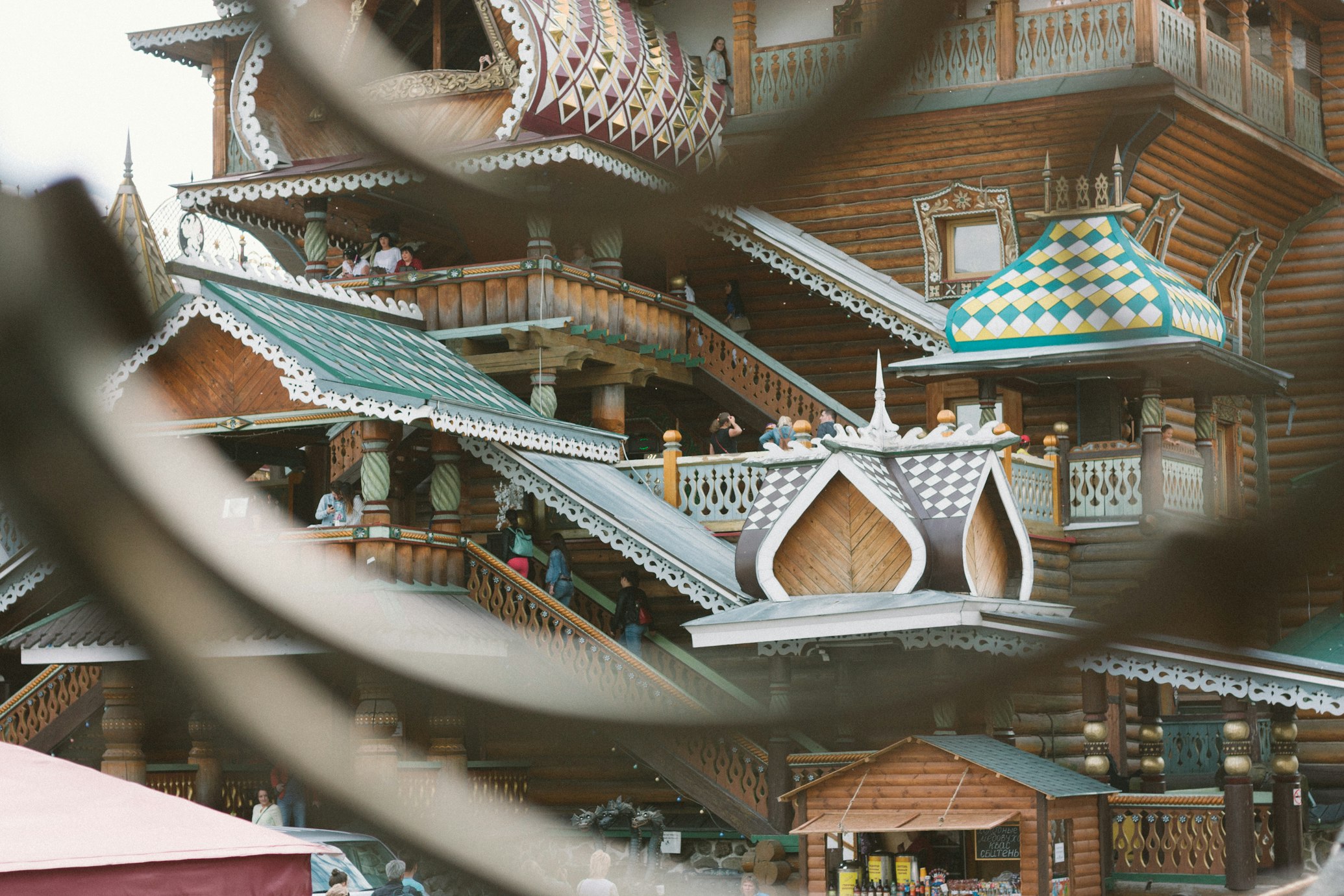
The first thing you need to know about the antique scene in Moscow is that no matter how hard the wind blows, there will always be someone in Izmailovo. Located around 20 min by Metro from the city center, the Izmailovo district is famous for its park. Izmailovski Park is one of the biggest urban parks in the world. Steeped in antiquity, the district carries a storied past, tracing its roots back to the 14th century. However, without delving too deeply into historical intricacies, it was during the 17th century, under the patronage of Tzar Alexis the 1st, that Izmailovo truly flourished. Evolving into a vital hub of culture and commerce, it embraced its destiny as a renowned center of trade.

Russia has been always famous for high-quality porcelain.
From Traditional Trinkets to Collectibles
The marketplace in Izmailovo is the place you are looking for if you are going hunting for antiques. The market has two sections, one with souvenirs (for tourists) and one with antiques and other miscellaneous items. Due to the sheer size of the market, it’s quite hard to navigate through the endless sea of stands. Luckily we had guidance from a good friend of ours.
Timing was key, as it often is. Early mornings offer a treasure trove of Russian traditional items like samovars for tea brewing, orthodox icons, and fine porcelain. You’ll also discover an array of Soviet-era memorabilia, including militaria, newspapers, diplomas, pamphlets, and captivating posters.

One of the few stands specialized in militaria on Izmailovo.
Scouting for Books
Now you might ask yourselves – that’s great, but where are the books? Book dealers are not in plain sight, meaning that you must ask the right people to get to the right stuff. We took a peek at a few shops on the market and we saw some wonderful pre-Soviet era books and paintings. Books from the Imperial era are more decorated and luxurious than later prints. One should not be deceived by appearances though, as a small Soviet-era scientific pamphlet (like the one in the picture) may be worth more than the complete works of a few authors together!
Another thing you can find in this market are the Orthodox books. Menaion, Psalter, Triodon, Trebnik, and other service books are the most printed books in Russia as well as the whole of eastern Europe. We will be talking more on the topic of Orthodox books in another article.
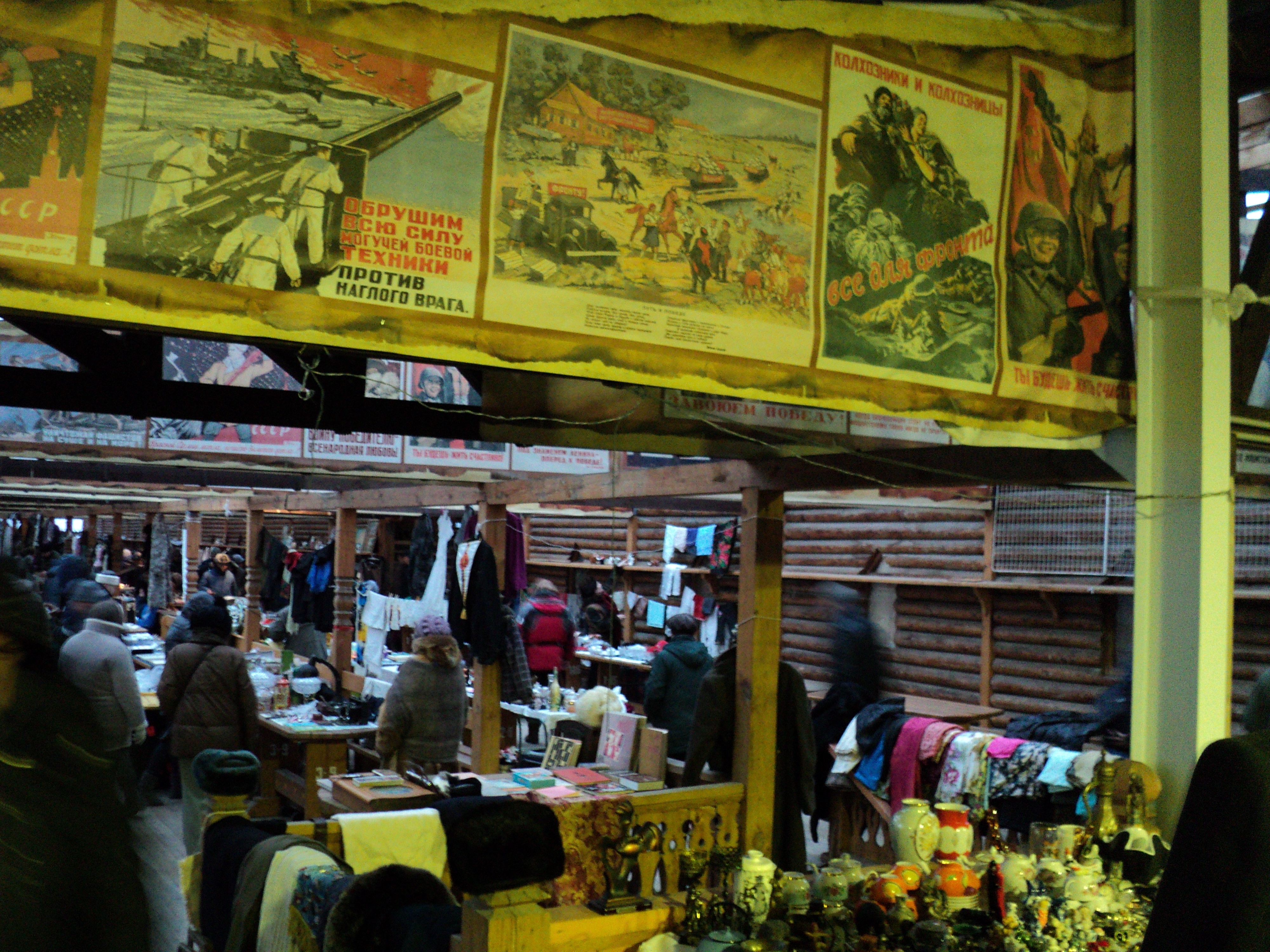
Original propaganda posters as well as early Soviet posters are very valuable and on-demand worldwide.
We want you to understand that Russia has a very strong reading culture, hence nine out of ten people are reading on public transport. This culture has very deep roots and little did you know, Russia is the country with one of the highest rates of college degrees per capita in the world. So Russians love their books, but they love foreign writers as well. First translations of classic works from European literature are revered with high bibliophile value.
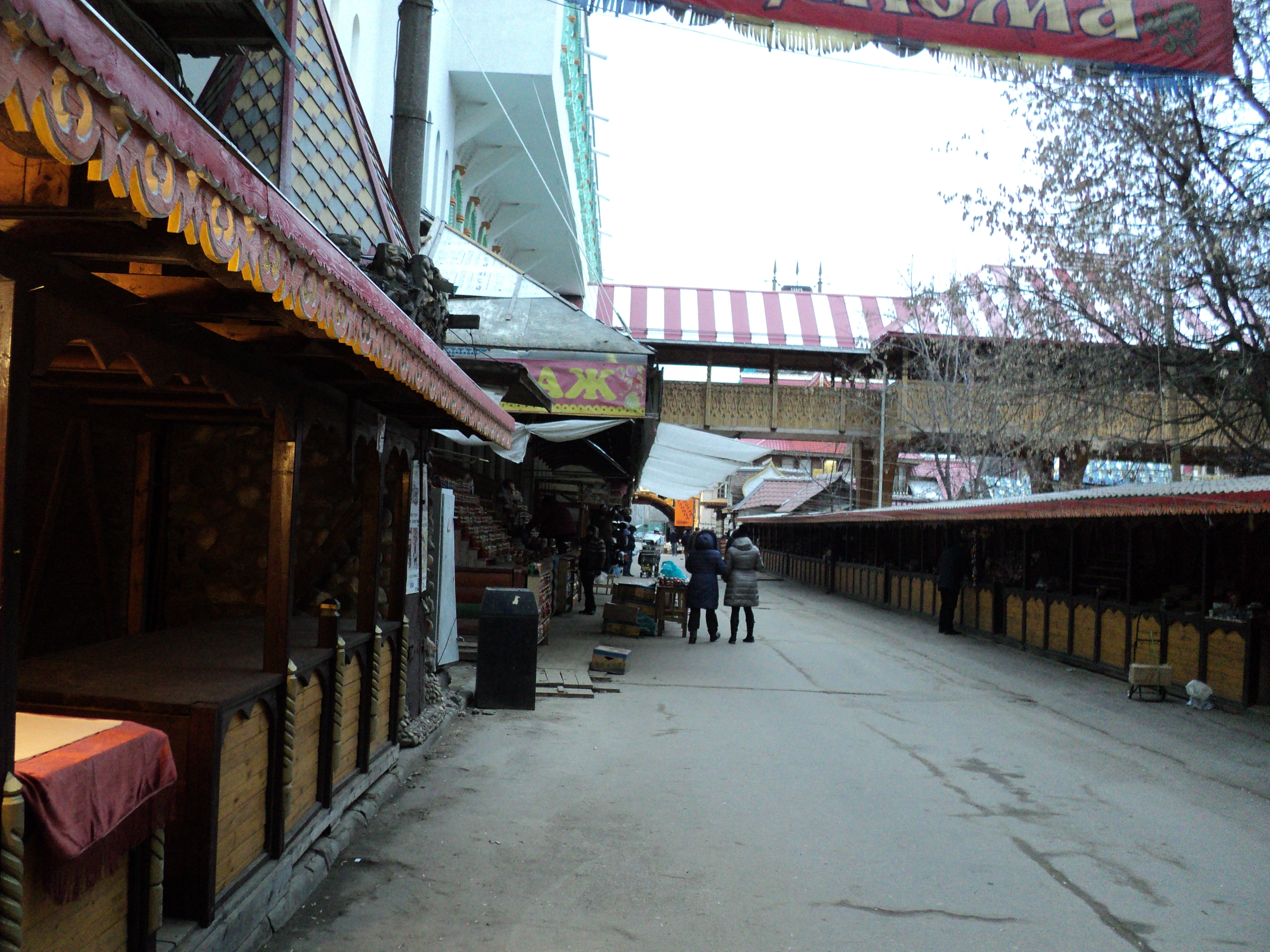
Early morning on Izmailovo market.
To conclude, we left Moscow with great new experiences and insights. Not to mention the heavy heart, since we didn’t learn and see more than we did. We can guarantee that this European metropolis will impress even the most cold-hearted of visitors. Izmailovo, in particular, is a must-see both for those interested in collecting antiques as well as those yearning for the authentic Moscow experience.

A rare early work by Konstantin Tsiolkovsky, the father of Rocket Science
Please note:
We must caution our readers regarding the stringent regulations regarding the export of items from the Russian Federation. It is crucial to familiarize yourself with the latest information on this matter before making any purchases during your stay. The laws are subject to change and we don’t want to mislead you into buying something that may prove difficult or impossible to export.

